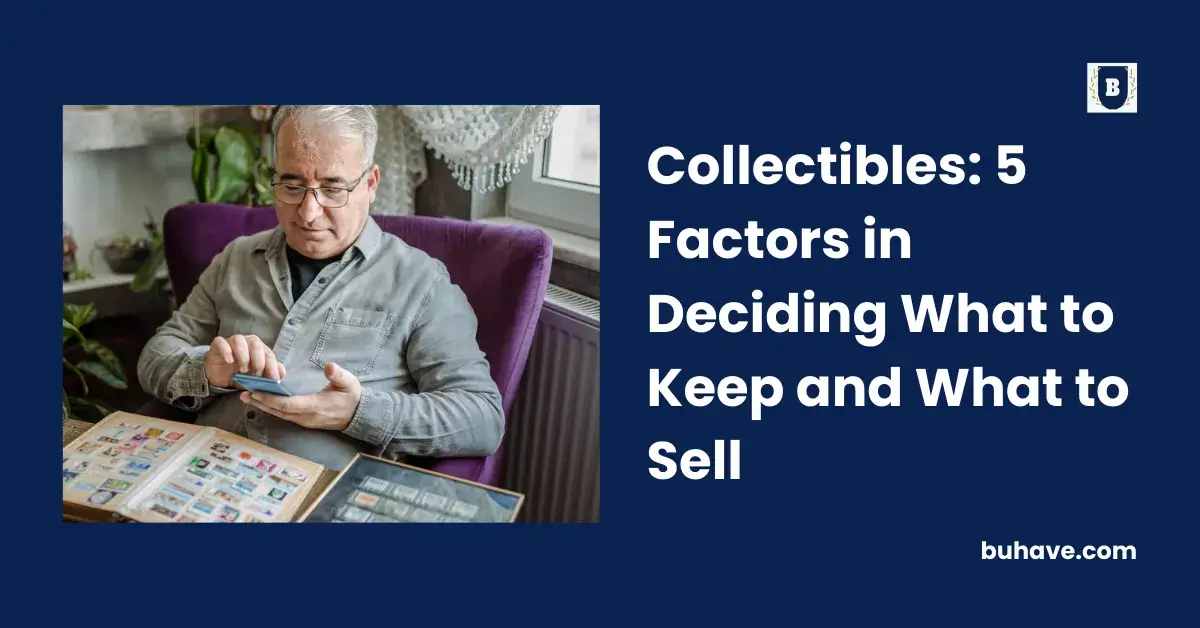Navigating the world of collectibles is akin to embarking on a captivating journey, where each item possesses a unique tale to tell and holds the potential for both personal satisfaction and financial gain. Whether you are a seasoned collector or a newcomer, understanding the five key factors in deciding what to keep and what to sell can be a compass guiding your decisions. In this exploration, we shed light on these critical considerations that collectors of all backgrounds can use to navigate their cherished troves with greater confidence.
Evaluating Rarity and Scarcity
In evaluating collectibles, one essential aspect to consider is the rarity and scarcity of the items in question. Rare collectibles often possess a unique allure, making them more sought after by collectors and, consequently, more likely to appreciate over time. It’s crucial to conduct thorough research, utilizing online resources, consulting expert opinions, and monitoring prevailing market trends to ascertain the rarity of your collectibles accurately. This process involves examining factors such as limited production runs, discontinued items, or unique variations that make certain pieces stand out in the collector’s market. Understanding the rarity of your collectibles provides valuable insights when deciding whether to retain or part with them.
Assessing Historical Significance
When it comes to determining the fate of your collectibles, the assessment of historical significance is a pivotal factor. This procedure necessitates a careful analysis of the historical importance and context of your objects. Collectibles tied to critical historical events, renowned figures, or cultural milestones often retain long-term value. To gain a comprehensive understanding, delve into historical documentation, consult experts, and research the narratives that surround your collectibles. By uncovering the compelling stories and connections to history that your items possess, you can make informed decisions about whether to keep them as treasured historical artifacts or offer them to collectors who seek a tangible link to the past.
The State Matters
The decision-making procedure heavily depends on the condition of your collections. It’s imperative to meticulously assess the physical state of your items. A discerning evaluation encompasses factors such as wear, damage, and any alterations that may have occurred over time. Collectibles in excellent condition are often more desirable to collectors and command higher prices in the market. To obtain an accurate assessment, consider employing professional grading services. These services provide precise, standardized evaluations that can be critical in determining the value of your items, as even minor imperfections can significantly impact their worth. Ultimately, understanding and accounting for the condition of your collectibles is paramount when deciding whether to keep or sell them.
Market Trends and Demand
Another crucial factor to consider when deciding what collectibles to keep and what to sell is staying attuned to current market trends and the demand for specific items.
Collector’s markets can be dynamic, with preferences and trends evolving. It’s vital to monitor market shifts and stay informed about what is currently in demand among collectors. Research recent sales data and market reports to gauge the performance of collectibles similar to your own. By aligning your decision with market trends and demand, you can make more informed choices about whether to hold onto your collectibles or capitalize on a favourable selling opportunity. This approach ensures that you maximize the potential return on your investments in the collector’s market.
Profitability and Personal Connection
When considering collectibles, a delicate balance arises between profitability and personal connection. It is essential to weigh the potential profit that selling a collectible could bring against the sentimental attachment one holds for the item. This inner deliberation is especially pertinent in instances where an emotional bond has formed with a particular collectible, making it challenging to part with, even if profitability suggests otherwise. Ultimately, the decision on whether to keep or sell Transformers toys and other collectibles hinges on a personal assessment of the emotional significance they hold for you, and whether the potential financial gain aligns with your overall goals. This decision should be an informed one, acknowledging both the tangible and intangible value of your collectibles.
Conclusion
By assessing rarity, historical significance, condition, market trends, and the interplay between profitability and personal attachment, you empower yourself to make well-informed decisions. Every item you come upon becomes a collectible, a piece of history, and an investment. With this knowledge, you can strike a balance between preserving cherished memories and capitalizing on opportunities within the ever-evolving collectibles market, ensuring a rewarding journey for collectors of all backgrounds.
– If you are looking for guest posts write for us business now.

